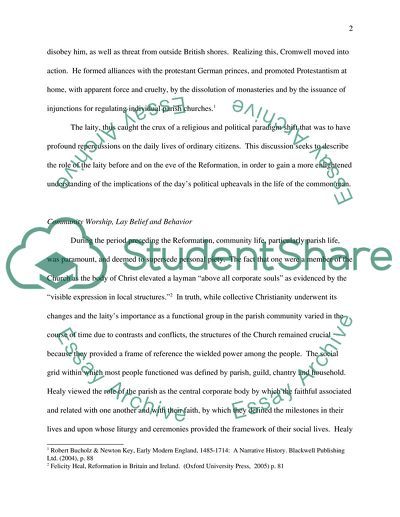Cite this document
(The Role of the Laity in the Pre-Reformation Parish Term Paper, n.d.)
The Role of the Laity in the Pre-Reformation Parish Term Paper. Retrieved from https://studentshare.org/history/1558260-how-active-a-role-did-the-laity-play-in-the-affairs-of-the-pre-reformation-parish
The Role of the Laity in the Pre-Reformation Parish Term Paper. Retrieved from https://studentshare.org/history/1558260-how-active-a-role-did-the-laity-play-in-the-affairs-of-the-pre-reformation-parish
(The Role of the Laity in the Pre-Reformation Parish Term Paper)
The Role of the Laity in the Pre-Reformation Parish Term Paper. https://studentshare.org/history/1558260-how-active-a-role-did-the-laity-play-in-the-affairs-of-the-pre-reformation-parish.
The Role of the Laity in the Pre-Reformation Parish Term Paper. https://studentshare.org/history/1558260-how-active-a-role-did-the-laity-play-in-the-affairs-of-the-pre-reformation-parish.
“The Role of the Laity in the Pre-Reformation Parish Term Paper”. https://studentshare.org/history/1558260-how-active-a-role-did-the-laity-play-in-the-affairs-of-the-pre-reformation-parish.


